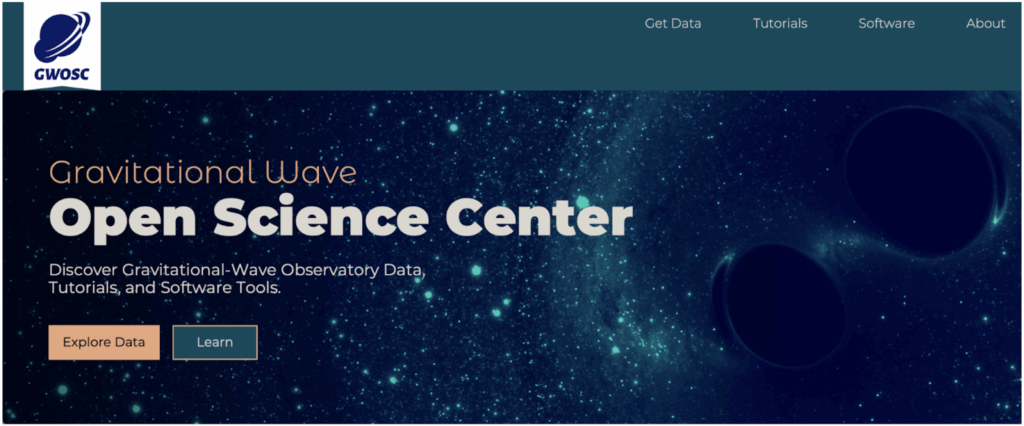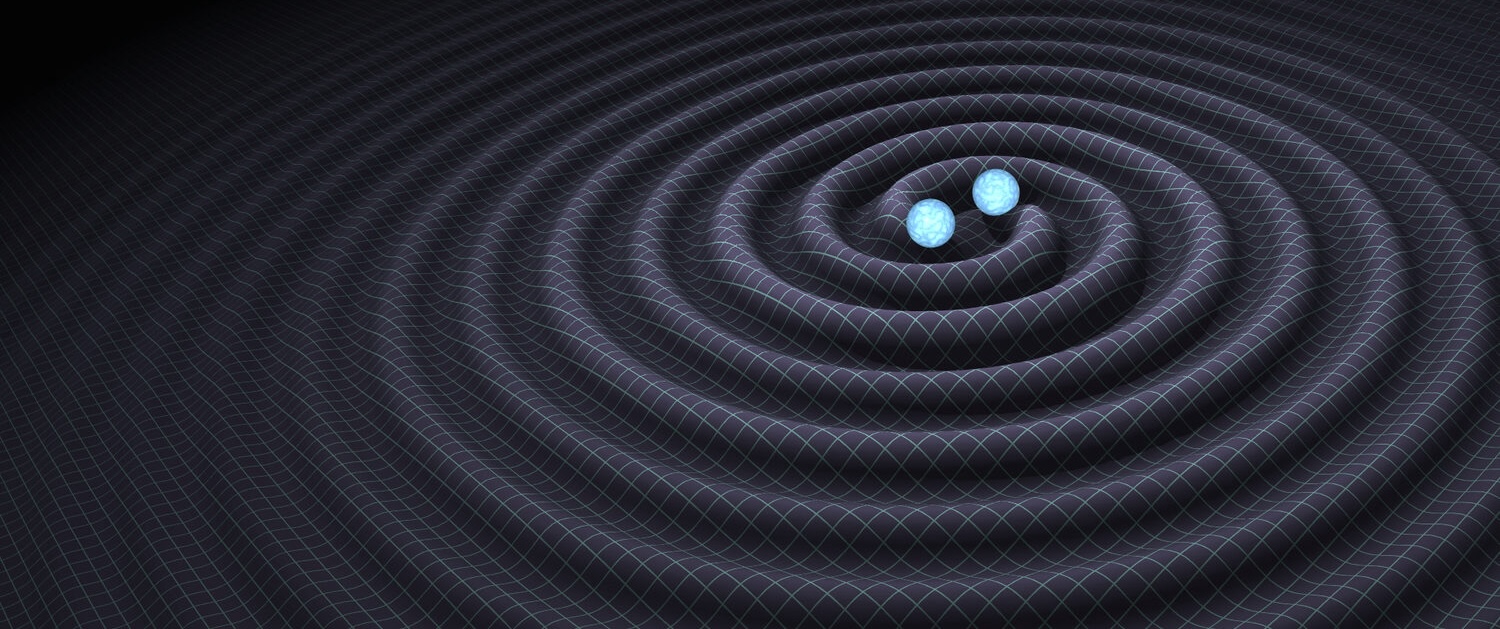The LIGO, Virgo, and KAGRA collaborations have publicly released a new dataset from the first segment of their fourth observing run (O4a), covering gravitational-wave (GW) observations from May 24, 2023, to January 16, 2024. The data release currently includes strain data from the two LIGO observatories; Virgo was not observing during O4a and KAGRA data are presently less sensitive.
Making GW data publicly available
Public data releases enable broad participation in science. Past data releases from GW observatories have been cited in over 900 scientific publications, and are also used by teachers, students, and citizen scientists for a wide range of investigations and educational activities.
This release includes GW measurements recorded at the highest sensitivity to date. Figure 1 shows the binary neutron star range, a standard measure of interferometer sensitivity, for the LIGO observatories during the O4a run. At peak performance, the observatories could detect binary neutron star mergers up to approximately 150 megaparsecs (Mpc) away from Earth. The data are available through the Gravitational Wave Open Science Center (GWOSC), which also hosts past data releases for public access, and other distribution channels described in the paper. Figure 2 shows the homepage of the GWOSC website.

Figure 1: The sensitivity of LIGO, measured via the binary neutron star observable range (vertical axis), as a function of time during the O4a run (horizontal axis). The instruments were capable of detecting binary neutron star mergers from distances as far as 150 Mpc (500 million light-years) from Earth. Additional data segments starting from May 15, 2023, that were used in GW searches from supernova 2023ixf, are also included in this release.

Figure 2: Homepage of the GWOSC website (https://gwosc.org/). GWOSC makes available public data along with software, tutorials, and documentation.
What’s included in a GW data release?
Key data products include two types of data files:
- Strain time-series data record tiny distortions in the detectors’ arm lengths that are the primary data product of the observatories. They include a mix of microscopic length changes due to passing gravitational waves and noise from local sources.
- Segment lists, available through the GWOSC Timeline app, record times when the observatories were operating, provide information about data quality, and include flags for simulated GW signal injections (artificially generated test signals deliberately added to detector data to test the detection pipelines).
The release includes documentation and multiple download methods, such as a web interface, an application programming interface (API), and curated Zenodo repositories.
Also included is the fourth version of the Gravitational Wave Transient Catalog (GWTC 4.0), which lists confident GW detections from O4a and earlier runs. Users can explore the catalog through the GWOSC Event Portal or programmatically via an API.
Additional datasets complement the release, such as strain data surrounding supernova 2023ixf and auxiliary channel sets used to identify periods when the data could be contaminated by spurious noise. In addition, GWOSC has recently started hosting community catalogs, making available discoveries of GW sources found in public data by researchers outside the LIGO/Virgo/KAGRA collaboration.
Exploring GW data
With this release, we intend to facilitate wide access to GW data and allow for the reproducibility of the analyses from the participating collaborations. A great way to get started is by attending an Open Data Workshop, available at learn.gwosc.org. If you make use of these data, don’t forget to acknowledge their use.
Find out more:
- Visit our websites:
- Gravitational-Wave Open Science Centre: gwosc.org
- The O4a Data Release: gwosc.org/O4/O4a/
- Open Data Workshop: learn.gwosc.org
- Read a free preprint of the full scientific article here or on arxiv.
Back to the overview of science summaries.

